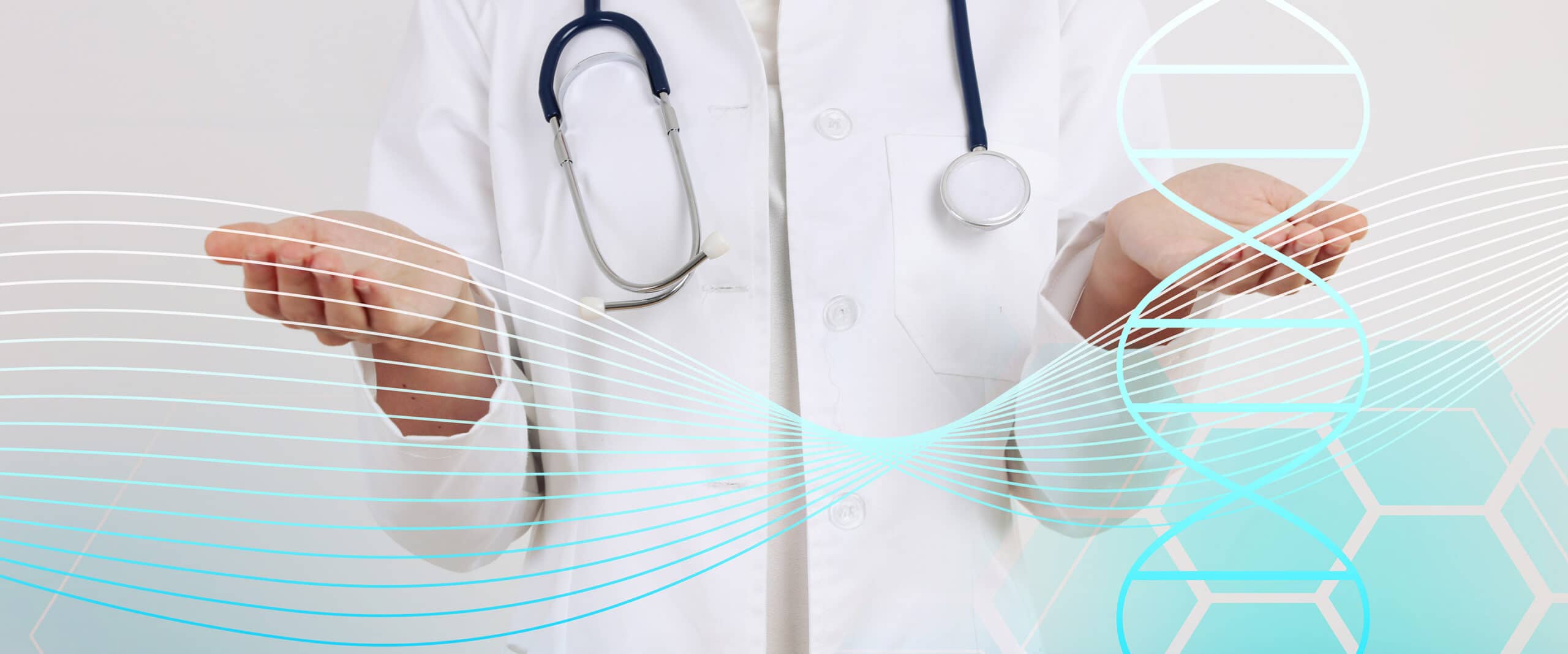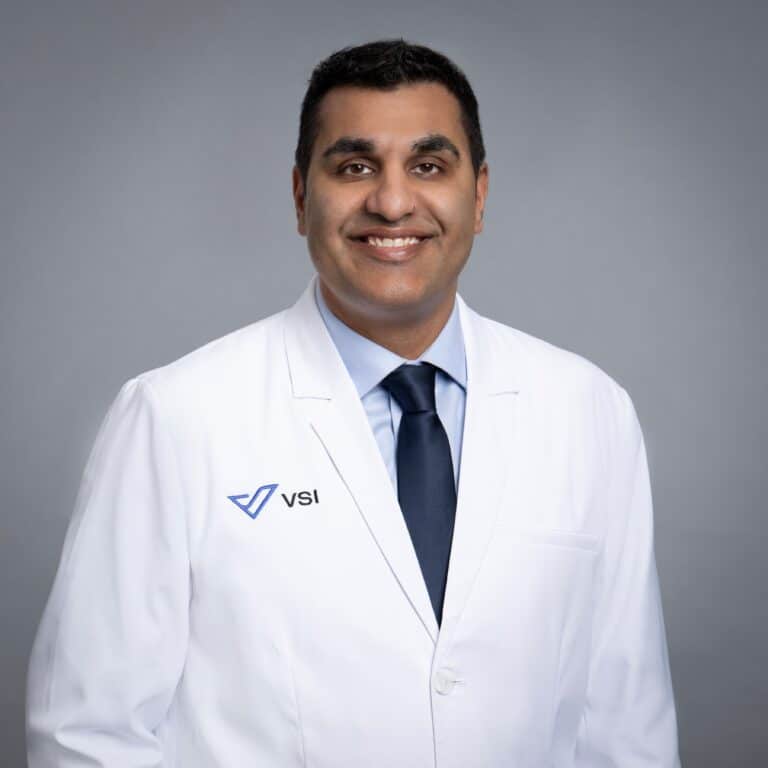
Explore Your NEW Non-Operative Options With Regenerative Medicine
So you’ve tried physical therapy, medication, and injections without pain relief…surgery must be next, right? Not necessarily. Before you consider undergoing surgery, be sure to explore the latest alternatives to surgery in the form of regenerative medicine.
SO, JUST WHAT IS REGENERATIVE MEDICINE?
Simply put, it’s the process of creating living and functional tissues to repair or replace tissue that are lost due to age, disease, damage, or congenital defects. A vast amount of research shows that the rapidly-developing field of regenerative medicine is increasingly being utilized as a viable alternative to traditional medical treatments. The key goal in employing regenerative medicine is to aid healing and fix the root cause of the pain. These transformative therapies aid in the healing process by potentially speeding up recovery and assuring that the injury heals correctly.
Traditional, non-operative treatments concentrate on mitigating the pain and other symptoms with injections, medications, and physical therapy. Sometimes, with these treatment options, the root of the problem cannot be fixed and pain persists. For example, steroid injections are ideal for relieving acute pain and can resolve issues that arise due to inflammation. Often times, however, the problem goes beyond inflammation and it’s actually damaged tissue that is resulting in chronic pain and instability. In this situation, regenerative medicine therapy could be the answer to rejuvenate the damaged tissue and resolve the chronic pain.
WHAT ARE THE REGENERATIVE THERAPY TREATMENT OPTIONS?
Stem Cell Therapy and Platelet Rich Plasma (PRP) therapy are just two of the types of therapies that we offer in our practice.
1. Platelet Rich Plasma (PRP) is human blood that is spun down and separated producing a concentration of platelets above normal values. Platelets are the clotting cells of our blood and have great potential in enhancing healing of muscle, tendon, and ligaments. Studies show that growth factors released by platelets recruit reparative cells, may augment tissue repair, and accelerate soft tissue healing. PRP therapy is an in-office procedure that requires little to no downtime.
2. Mesenchymal Stem Cells (MSCs) also known as adult stem cells, are unspecialized cells with self-renewal potential that are able to differentiate into various connective tissues. MSCs are commonly referred to as the body’s “repairmen” as they can repair muscle, bone, cartilage, or tendons. Some of the most common conditions I treat with Stem Cell therapy are: osteoarthritis in joints, meniscal repair, ligament and tendon injuries, and intervertebral disc degeneration, Sacroiliac (SI) joint dysfunction, as well as many other issues. It is important to understand that these stem cells do not have the ethical concerns that arise with the use of embryonic stem cells.
The decision about what regenerative medicine techniques are best utilized for you depends on the area that is damaged as well as the specific pathology in that area. Every patient’s situation is different, and a combination of different regenerative medicine techniques may be appropriate. Of course, just as with all other advanced therapies, your doctor can only make a determination about whether or not to treat you with regenerative techniques upon evaluating your condition.
Topics covered
About the Author
Featured Resources
Insights to Achieve a Pain-Free Life



